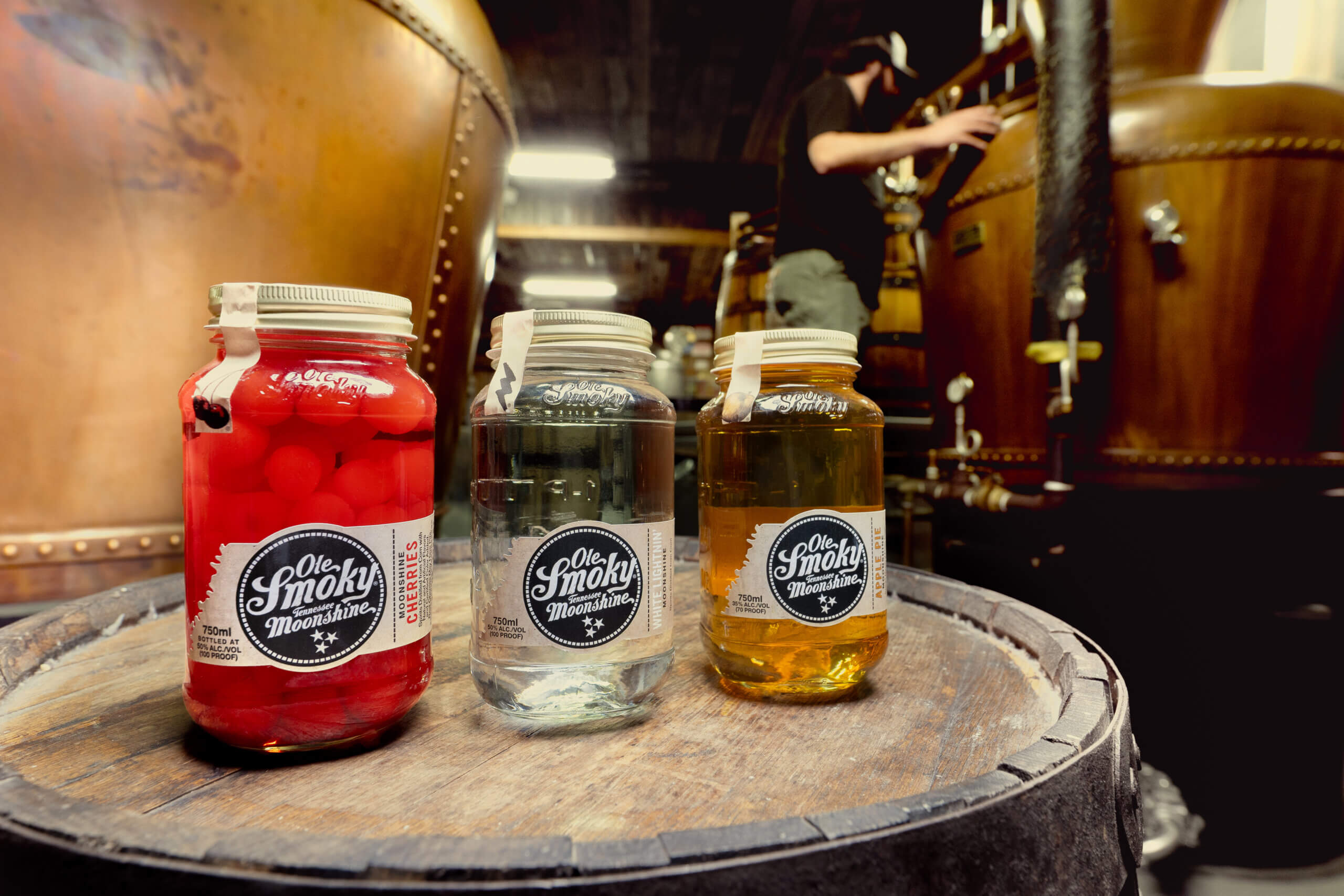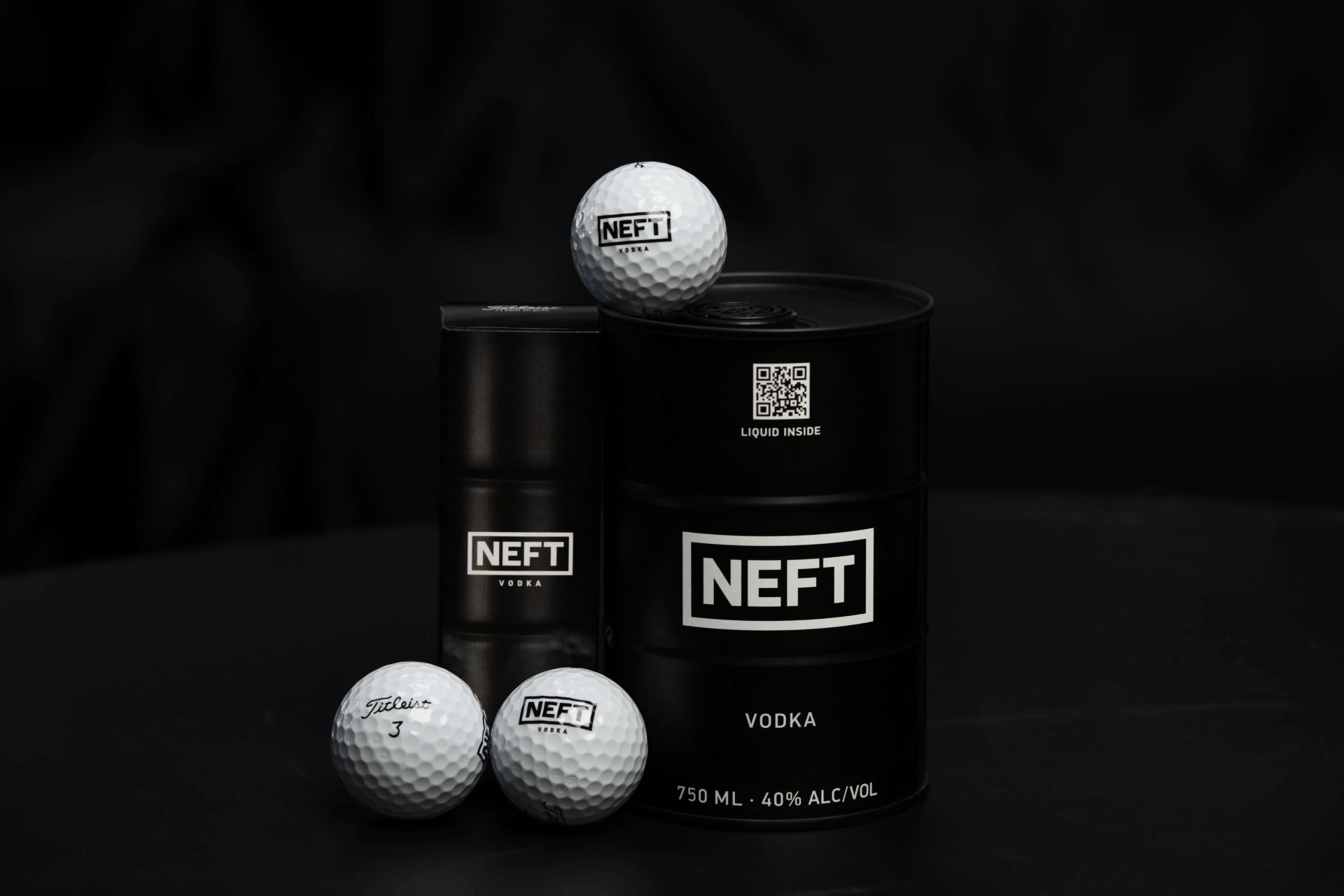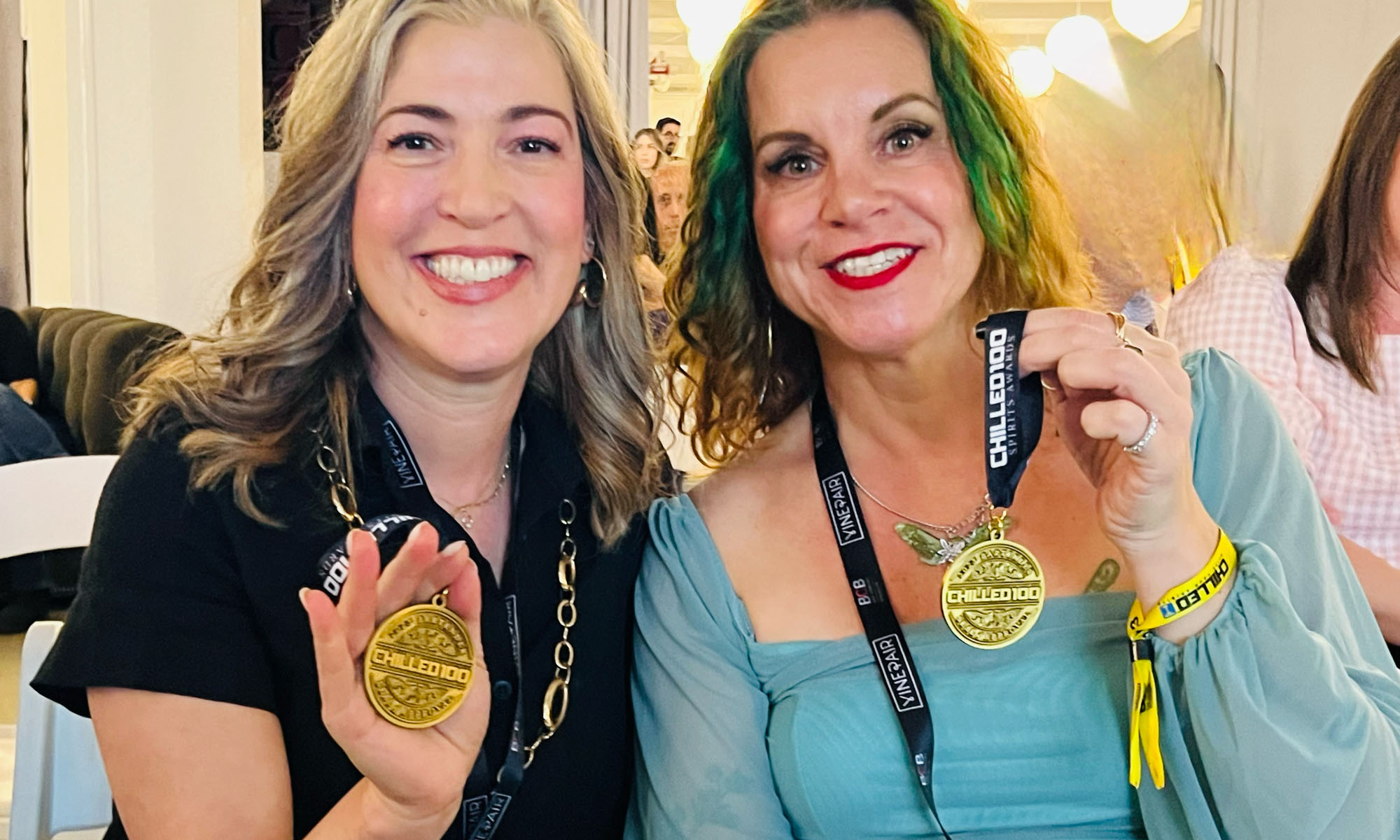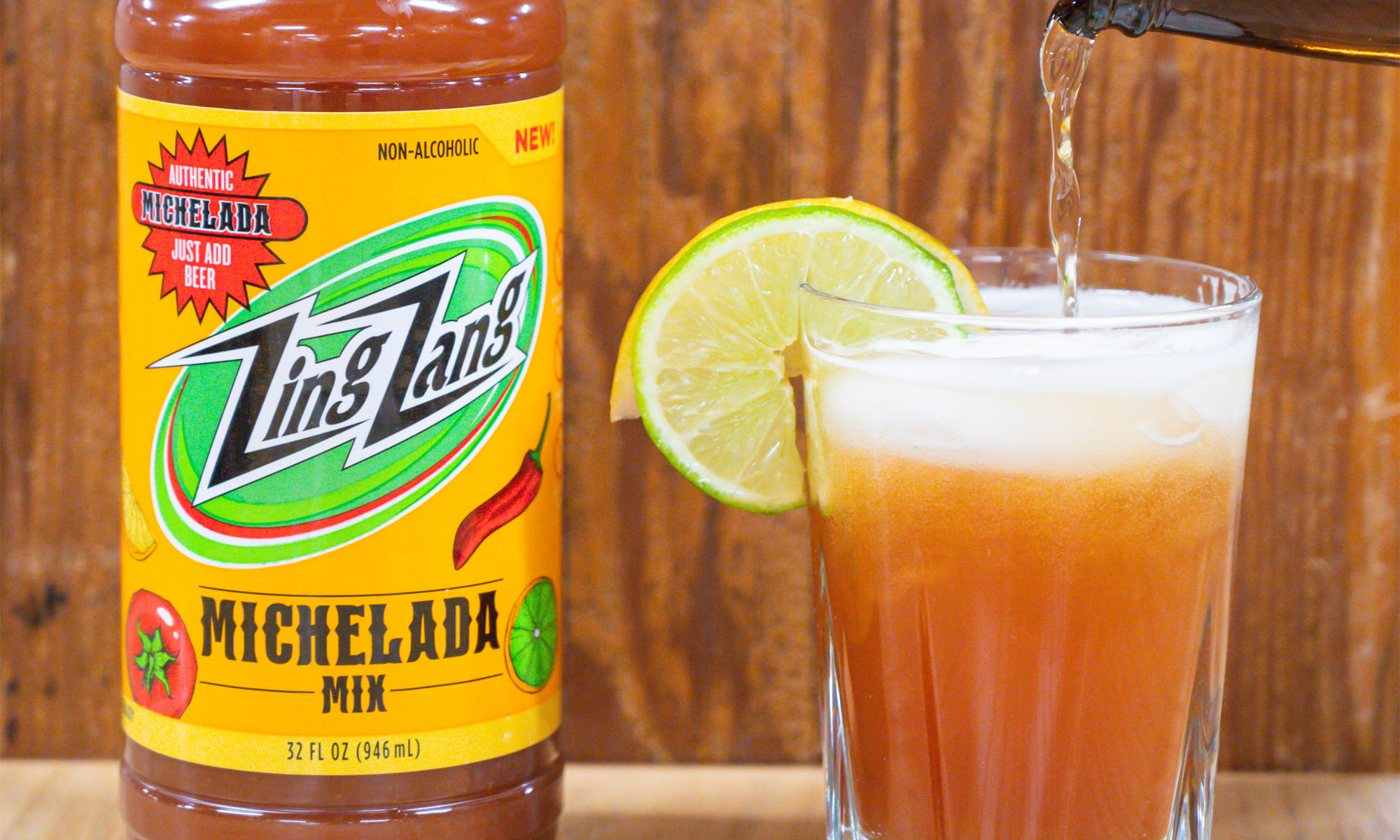Winter Wines for Still Chilly Climes
By Chilled Magazine
The calendar may say spring, but, at least on the east coast, the newscasters are still spinning a winter’s tale.
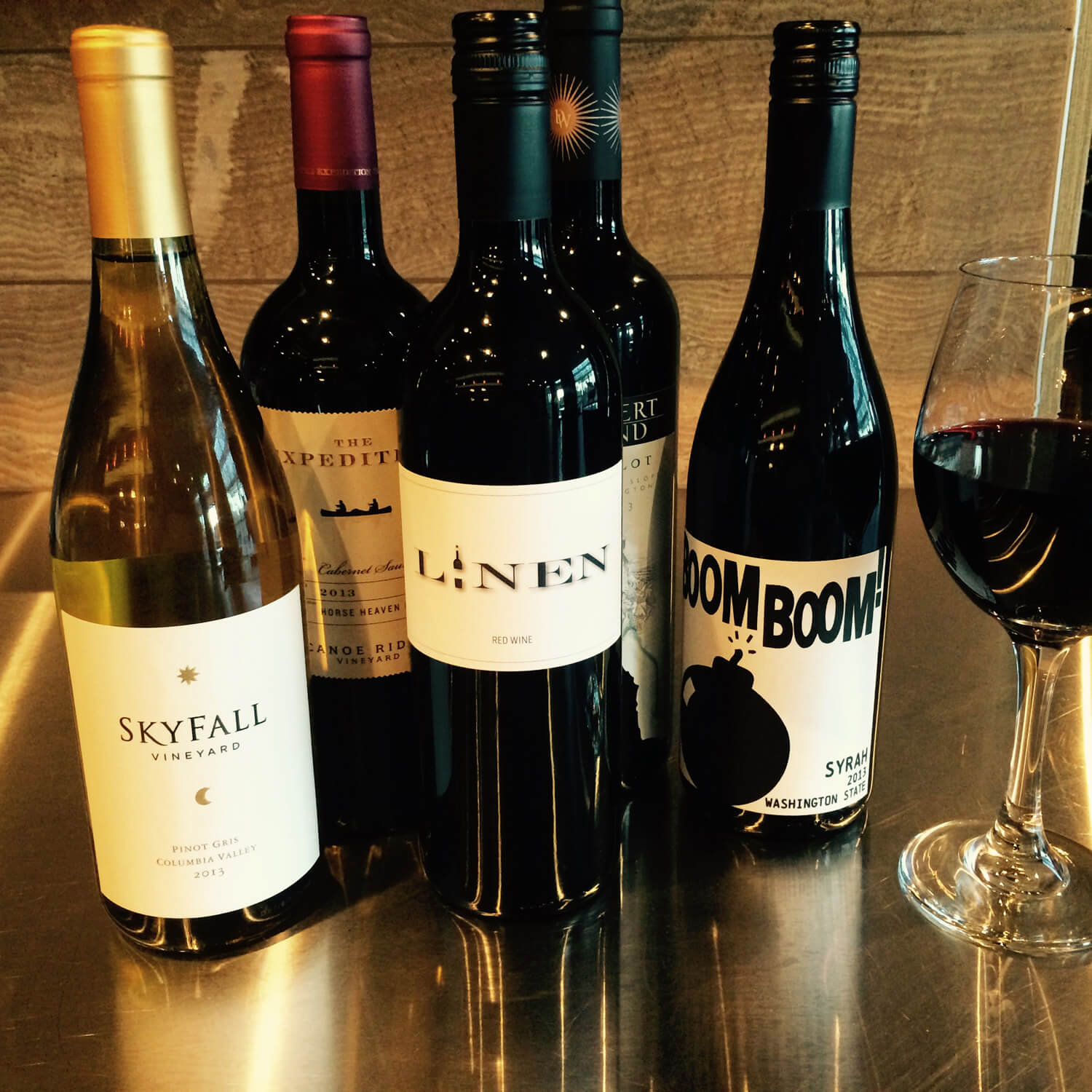
Walla Walla Wines
And so, when the numbers continue to hover around a much lower “feels like” temperature you are likely still craving what you’d normally think of as winter wines.
You know them immediately when you spot them on a wine list; they generally start with a B or a P or an M and come in the color red. And you’re pairing them with dinner or warding off a chilly night.

Charles Smith Cabernet Bottle
Amy Zavatto, Executive Director of Merliance, the NY-based Merlot growers/producers association, offers her thoughts on why Merlot is such a popular varietal this time of year, saying “When you think about the kind of foods we all gravitate toward in winter — slowly braised meat, a nice bowl of pasta with a rustic hearty sauce, classic roast chicken — you want a red that has the kind of Gene Kelly-finesse to glide from one of dish to another. A great merlot can do that. It’s medium bodied, rife with soft, plush red fruit influences, but with the kind of tannins that are grippy and grounding. But not a sock to the jaw. It’s perfect.”
That perfection has a solid rationale behind it as Michael Green, internationally renowned wine educator, notes, “Beyond the taste of wine, our bodies crave and enjoy different types of foods and beverages based on the season. In winter we generally gravitate towards more hearty, full body foods. And for many people it’s the same with wine. We generally crave wines that are richer and fuller and sport a higher degree of alcohol.”

L’Ecole No. 41’s Ferguson
As a way of identifying these sorts of wine, Green offers,
“The best way to find these styles of wine is to find a map. Warmer parts of the world are going to produce more full-bodied wines. With the global marketplace and the overwhelming choice for consumers there are many styles of wines, regions and grapes that would fit that bill of being more full-bodied, yet some of the classics include Zinfandel, Syrah, and perhaps the king of full-bodied red wine Cabernet Sauvignon.”
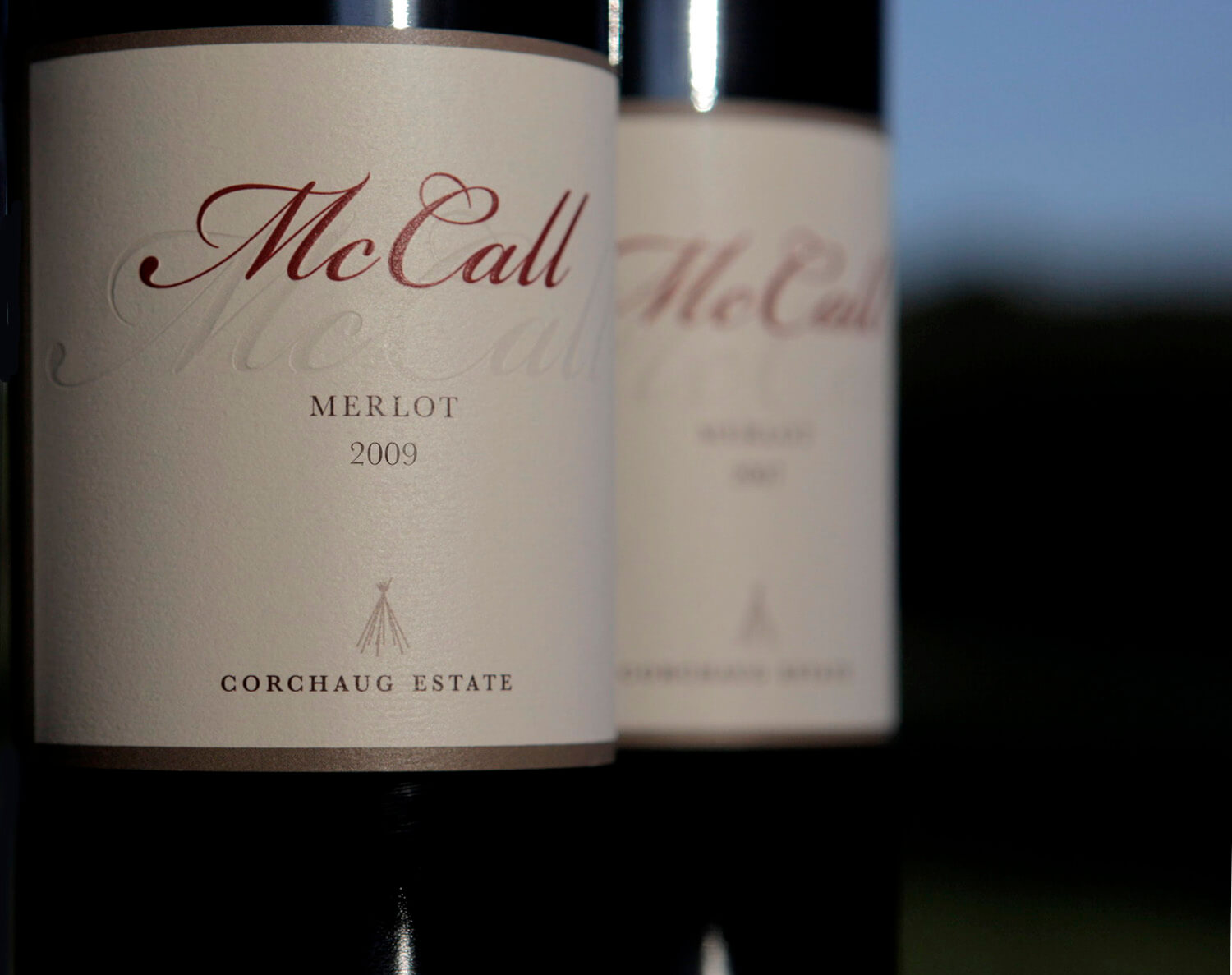
McCall Merlot
Zavatto campaigns for Merlot, and specifically New York-based Merlot, with a dash of sensibility. She advises, “Figuring out the right wine for your meal, no matter what the season, is really about two very important but easy tenets: 1. Match the weight of your wine to the weight of your food. Heartier, tannic, fuller bodied wines work better with heartier more robust dishes, and vice versa. And 2. drink what you like. Yes, learning a little more about wine will always help you be a more informed consumer and drinker, but I or any other wine expert can tell you up and down the block what you should drink, but if you don’t like Barolo, it’s not going to taste good with your short ribs no matter what I tell you. But that’s what’s great about Long Island Merlot – it’s pretty easy to love! And it really is pretty flexible at the table.”
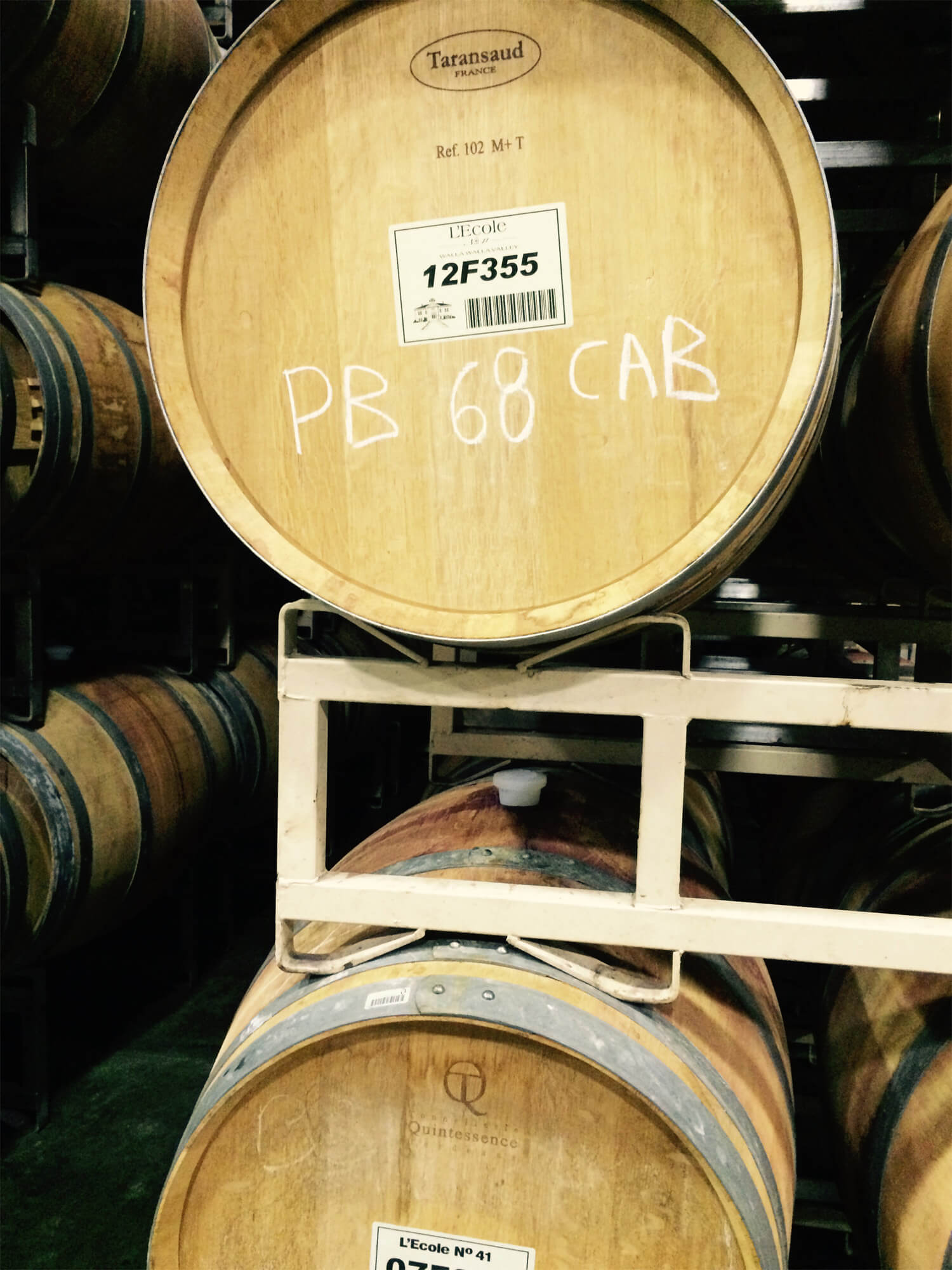
Jenny Hong, Wine Buyer at Eastside Cellars, is very flexible when it comes to making recommendations for her customers. Often she even recommends breaking the mold a bit. She notes, “Traditionally the common conception is that you should drink reds in winter since you are eating heartier dishes that pair well with them. Anything from the southern French region – with Grenache or an earthier, brambleberry fruit-forward note is good. Something you can put into beef bourguignon or coq au vin. But white shouldn’t be left out.”
Her theory? Just because it’s cold outside doesn’t mean the same is true inside and so the luxury of modern conveniences allows us to pair with the foods we truly crave. She continues with some advice on how to pick those whites, ” Just amplify the fullness of the body. You can drink a heavier white from something like the village of Mersault in Burgundy [which produces rich, buttery Chardonnays]. I like to promote higher toned whites in the winter. After a while drinking heavy wines, we get palate fatigue. Choose those from the Loire valley, or a Chenin Blanc – to perk us up. Chenin Blanc is round and rolls around your mouth while the minerality breaks up the opulence and you don’t feel bogged down.”
Green reaches for some of those high toned whites and lighter reds as winter melds into spring. He shares, “If you look at your wine preferences in terms of seasonality, our needs and our preferences change with the seasons. As we transition from winter into the warmer weather of spring and summer lighter wines might be more appropriate. Styles of wine in this category could include Pinot Noir and its softer cousin Beaujolais; another rewarding choice is under-the-radar red wines from the Loire Valley like Chinon, Samur-Champigny, and Bourguiel, which are crafted from Cabernet Franc. Though the story of wine doesn’t begin and end with red. If your body and palate is dulled by the often high alcohol and overly-oaked Chardonnay wines from warmer parts of the world consider lighter and brighter wines such as Vinho Verde, Albarino, and the glorious whites that come from the Northeast of Italy including pinot Bianco, Sauvignon Blanc, and Tokai Fruijlano.”
Hong concurs, knowing mood plays as important a part as the food does. She concludes, “We drink to relax after a long day of work. But similarly can match the mood with wine. The brightness of wine helps to perk us up.”




